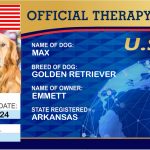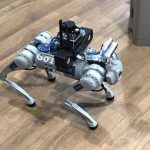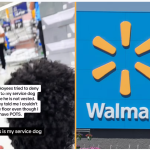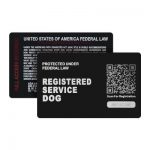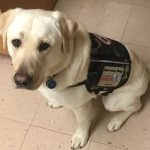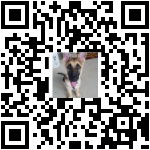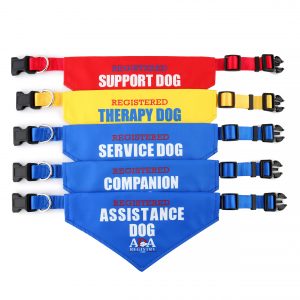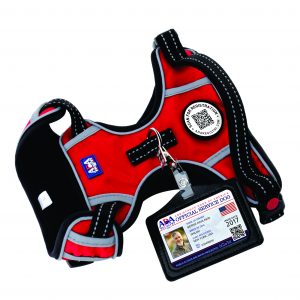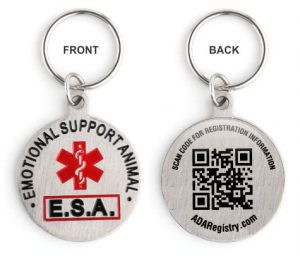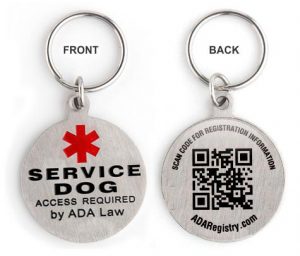Dog Robot Fluffy
July 29, 2020
Like any other well-trained dog, Ford Motor Co.’s four-legged dog-like robots can sit, shake hands and roll over. However, they also can perform 360-degree camera scans, handle 30-degree grades and climb stairs for hours at a time.
These are truly service dogs unlike any other. That’s because they are actually 70-pound quadruped robots with distinctly dog-like mobility. Nicknamed Fluffy and Spot, these dogs are quadruped mobile robots leased from Boston Dynamics. According to Ford, the use case for Fluffy and Spot have been developed by the teams at Ford’s Advanced Manufacturing Center and the Research and Engineering team. Ford’s Advanced Manufacturing and Research and Engineering teams have also developed the autonomous program that is used for the autonomous mobile robot, Scouter, who helps Fluffy scans facilities.
Ford is piloting use of the bright yellow robots at its Van Dyke Transmission Plant. Equipped with five cameras, the robots can travel up to 3 mph on a battery lasting nearly two hours and will be used to scan the plant floor and assist engineers in updating the original Computer Aided Design which is utilized when we’re getting ready to retool our plants.
Ford tells IndustryWeek, these scans are usually done on an as-needed basis, but on average, facilities go through the scanning process every two to three years. “The scans typically coincide with any number of updates to Ford facilities. Engineers design plants and over time, things change. Think about navigating a bedroom in the dark. You know where things are but if someone were to move, say, a rocking chair, you’d likely run into it in the night. Same goes for our plants. Engineers need to be aware of where things are when they are planning updates to the plant. These updates can range from something as simple as installing a new tool at a worksite to a complete retooling of the plant.”
Without Fluffy, the update would be far more tedious. “We used to use a tripod, and we would walk around the facility stopping at different locations, each time standing around for five minutes waiting for the laser to scan,” says Mark Goderis, Ford’s digital engineering manager. “Scanning one plant could take two weeks. With Fluffy’s help, we are able to do it in half the time.”
The old way also was expensive – it cost nearly $300,000 to scan one facility. If this pilot works, Ford’s manufacturing team could scan all its plants for a fraction of the cost. These cutting-edge technologies help save the company money and retool facilities faster, ultimately helping bring new vehicles to market sooner.
In time, Goderis says, the intent is to be able to operate the robots remotely, programming them for plant missions and receiving reports immediately from anywhere in the country. For now, the robots can be programmed to follow a specific path and can be operated from up to 50 meters away with the out-of-the-box tablet application.
The key to Fluffy and Spot’s success is their agility, says Paula Wiebelhaus, who controls her robot through a gaming-like device that allows her to remotely see the camera view. Should an issue occur, Wiebelhaus’ control device features a safe stop that stops it from colliding with anything.
The robots have three operational gaits – a walk for stable ground, an amble for uneven terrain and a special speed for stairs. They can change positions from a crouch to a stretch, which allows them to be deployed to difficult-to-reach areas within the plant. They can handle tough terrain, from grates to steps to 30-degree inclines. If they fall, they can right themselves. They maintain a safe, set distance from objects to prevent collisions.
At times, Fluffy sits on its robotic haunches and rides on the back of a small, round Autonomous Mobile Robot, known informally as Scouter. Scouter glides smoothly up and down the aisles of the plant, allowing Fluffy to conserve battery power until it’s time to get to work. Scouter can autonomously navigate facilities while scanning and capturing 3-D point clouds to generate a CAD of the facility. If an area is too tight for Scouter, Fluffy comes to the rescue.
“There are areas in the plant that you might not want to walk into because they might be tough to maneuver,” says Wiebelhaus. “It’s easier and safer to send Fluffy back there.”
Check Out Our Store


